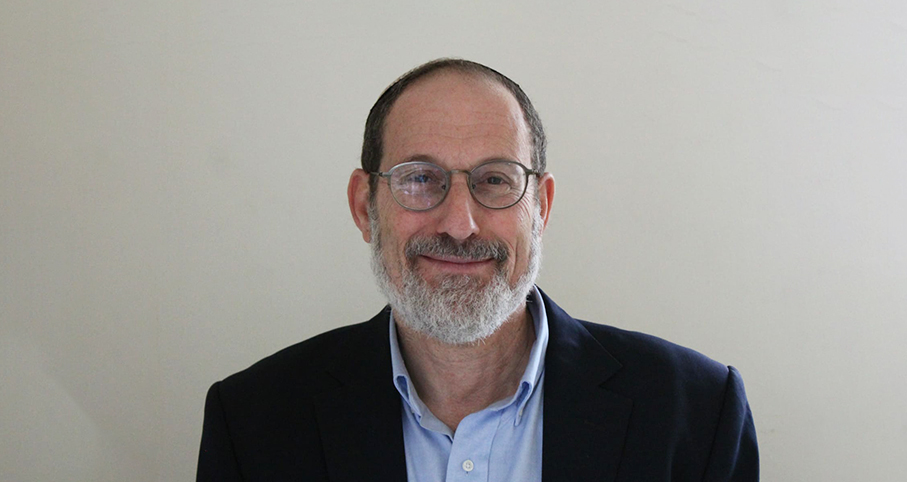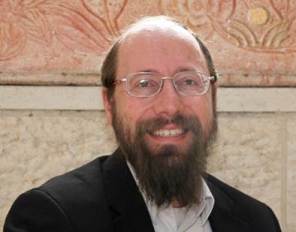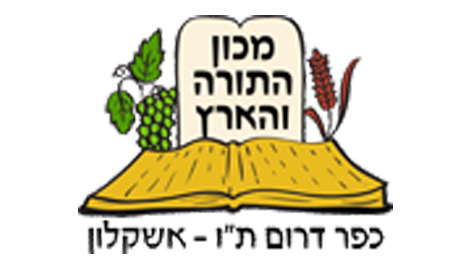Ask the Rabbi
- Shabbat and Holidays
- Actions and Appliances on Shabbat
- Games and Athletics
Question
The Rabbi suggested that there is an issue of Losh due to the oil mixed in with the sand.
In my understanding of the topic, once something was already Nelush before Shabbos then there is no issue of losh. Particularly in this scenario where it is made specifically in a way that it remains Neilush for an extended period of time.
The Shmiras Shabbos which the Rov quoted states that one cannot mix water into the sand on Shabbos.
The reason he requires that the sand be dry and loose is due to Boneh issue’s as is clear in the footnote.
In the case of Kinetic sand being that it is formed with the intention to be reformed constantly that should not be an issue similar to Lego.
I do wonder whether there is an issue of Mimariach, similar to the one present when playing with Silly Putty, see The Shabbos Home pg 383, and Ribiat - Mimariach.
Eager for some clarity on this new issue.
Answer
Shalom,
Thank you for your question. After reviewing this question in depth, and discussing it with other Rabbis, I have reached the following conclusions about playing with kinetic sand on Shabbat. (Much of this is based on the response found on our hebrew site by Rabbi Shmuel Ariel, that addresses this question - https://www.yeshiva.org.il/ask/97490).
Let's first address the question of mukzvah. Regular beach sand is forbidden to move (pick up or play with) as it is mukzah. This type of mukzah – machmat gufo – includes natural objects that have not been made into “vessels” (objects for use) before Shabbat. Things such as stones, fallen branches, and sand come under this category. However, when the object has been set aside for use prior to Shabbat it is no longer forbidden as mukzah. So, a rock may become a paper weight, a branch a walking stick and sand – a children's toy. Exactly how to designate an object is quite technical – but suffice it to say that sand taken from a beach and put in a sand box designed for children's play is considered as enough designation as to remove all questions of mukzah from it. (See Shmirat Shabbat KeHilchatah, 20:45). Based on this the sand in a sandbox as well as the sand set aside as a toy for Kinetic Sand are not mukzah.
The next issue that needs to be addressed is that of Lash – kneading. It is forbidden to mix flour and water together on Shabbat, and this is true whenever a liquid is used to join small particles together. In the case of Kinetic Sand this issue is particularly acute, as the sand is mixed with “2% polydimethylsiloxane (a type of silicone oil) that mimics the physical properties of wet sand” (Wikipedia). The oil that is mixed with the sand (when manufactured) is placed there purely with the intention that it should serve as a bonding agent between the grains of sand – precisely the act of Lash. So, it would certainly be forbidden to manufacture kinetic sand on Shabbat, as the mixing of the grains of sand with the oil would be Lash.
However, the question arises as to whether once the mixture has been kneaded together, if one then separates it into particles, would it be forbidden to re-knead the particles together with the moisture that is already absorbed into the particles? That is to say – is it forbidden to play with the kinetic sand on Shabbat because one constantly joins the grains of sand together with the oil that is absorbed into the sand already?
This issue has been discussed with relation to “mushing” together crumbs of bread. See Shmirat Shabbat KeHilchatah, Chapter 8 footnote 12 (hebrew) and The 39 Melochos, Rabbi Ribiat, Losh section 3, chapter 1, M and footnote 72 there, where they both quotes opinions that forbid this because the crumbs are joined together with the liquid – and that is Lash. On the other hand, the majority of opinions seem to allow this, as there is no additional liquid being added to join the crumbs. The kneading has already taken place, and the re-joining of the crumbs is not considered as Lash. See for example the Iglay Tal, (Lash note 6) where he discusses at length how to understand the words of the Yerushalmi Talmud (Shabbat chapter 7) that spreading out the dough is part of the labour of Lash (and forbidden). This would imply that even though the flour has already been kneaded together with the water, the additional act pushing the dough into the shape one wants it (as we do with a rolling pin) is part of Lash – and playing with the kinetic sand would surely fall into this category. The Iglay Tal is of the opinion that this opinion is not the halachis ruling, and that we follow the ruling of the Babylonian Talmud who appear to argue this point and restrict Lash to the original mixing of the particles with a liquid. This is also the opinion of the Har Zvi (Orech Haim 1, 193).
Others though do seem to believe that this opinion of the Yerushalmi is halacha. See for example the Biur Halacha (321, “Ain Magbilin”), and the Shvitat HaShabat (Lash 3), where they both quote this ruling as halacha. However, they both add this concept (that there is further kneading of a pre-kneaded substance) is only when the additional kneading improves the substance. The rolling out and shaping of the dough are an additional step that adds to the essence of the kneading. Based on these opinions, there is no problem with “mushing” together bread crumbs on the Shabat table, that stick together with the moisture inside the bread. And this is the opinion of most of the later day Rabbis.
Based on all this, there is a lot of room to say that there is no problem of Lash with using kinetic sand on Shabbat. This is especially so when we consider that the “kneading” one does with the sand is done without the intent that it should remain “kneaded” and joined together, but rather one intends to break it up again and reuse it in another shape. This probably lowers the level of any kneading involved and would make it only a Rabbinic act (because it lacks permanency). We generally rule on the lenient side of any halachic argument when it comes to Rabbinic law – and so too here, one could certainly rely on those who say that there is no problem of Lash involved when joining together the grains of sand that have permanent moisture in them.
The next issue is that of Boneh – building. One could consider forming the sand into shapes as forbidden because of building. Even though one does not intend for the sand to stay permanently in the shape, it still may be forbidden rabbinically. In fact there are many opinions that forbid making snowballs on Shabbat (apart from the question as to if the snow in mukzah – but according to many Rabbis it is not mukzah). In the work Shmirat Shabbat KeHilchatah (chapter 16, 43) he quotes Rav Shlomo Zalman Aurbach zt”l who forbids it, comparing to the forbidden act of pressing cheese together (Rambam, Shabbat, 7,6). But others allow one to make snowballs – Rav Moshe Feinstein zt”l (Mesorot Moshe, page 67, Be'er Moshe 6, 30). The Be'er Moshe explains that because the snowball is not intended to remain joined together for a long time, and one intends to throw it and it will for apart, it's clear to all that it is just a game, and is not “building”. It would seem that the use of kinetic sand is similar to this. Especially if we add the logic of Rav Shlomo Zalman Aurbach zt”l (Shmirat Shabbat Kehilchatah, chapter 16 footnote 53) that he writes in relation to playing with Lego - “it's possible that even though the lego building the child makes could remain intact, none the less because it is clear and known to all that the “building” they made was not made to be permanent, and is only a child's toy, in such a situation it does not come under the Rabbinic law of temporary building and is not forbidden”. For these reasons there is room here to allow the use of kinetic sand on Shabbat. Although those who would want to refrain (especially if one is using it to make forms they intend to leave standing for a day or more) would have Rabbinic opinions to support them.
The last issue is that of writing. Even non-permanent writing is forbidden on Shabbat, such as writing in the sand (Shulchan Aruch, 320,4 Mishna Brurah 20). Because of this one is not allowed to scratch letters, or even patterns and shapes into the kinetic sand on Shabbat (see Shmirat Shabbat Kehilchatah, 16, 27). One is also not allowed to form the sand into a shape (such as a model of an animal, person, house, or letters) (See Chayai Adam 92, 3 who forbids forming dough into particular shapes when baking on Yom Tov, such as a bird, or with a mould etc). Because of this the use of kinetic sand would be servilely restricted. This is similar to playing with plasticine or play-dough on Shabbat (which have a additional problem of “memarach”, or smoothing a wax like substance out – see Orchot Shabbat 17, 25). Whilst one might find a leniency in forming temporary simple shapes (see Shmirat Shabbat KeHilchatah, chapter 11 fotenote 43) it would seem that where one's whole intent is only to form the shape it would be forbidden according to all (see Shevet HaLevi, volume 9, 25).
Based on this, the use of kinetic sand on Shabbat is servilely limited, to letting it run through one's fingers and “mushing” it together again. Perhaps forming simple lumps or balls would also be allowed – but using it to mould into shapes of things, such as toy houses, or animals etc, would be forbidden.
In conclusion – there is room to allow (especially young children) to play with kinetic sand on Shabbat in a simple way, without forming it into building or shapes, and without using a “cookie cutter” mould shape. However, because of the likelihood that one would come to form shapes, and because of the strict opinions we saw above that forbid it's use based on Lash or Boneh, it would seem advisable to refrain from using kinetic sand on Shabbat.
Blessings.
D. Sperling.

Exercise on Shabbat (follow up)
Rabbi Elchanan Lewis | 27 Tevet 5766

Sports on Shabbat
Rabbi Yoel Lieberman | Adar 28, 5780

Ice skating on Shabbat 3
Rabbi Chaim Tabasky | 14 Tevet 5766





